MOLD.
Just the mere word conjures up some nasty images and gets your skin crawling, but what do you really know about it?
It smells sweet, but tastes awful! Ever bite into a slice of bread before noticing that it has started to turn moldy? Bet you couldn’t spit it out fast enough.
It has a pungent odor. It’s one of those smells that you can’t get out of your nose. Once you notice it, all your other senses seem to shut down, and it’s all you think about.
It looks ugly and scary. Even the smallest discovery stands out, and once you realise it’s mold, it seems to grow darker and larger right before your eyes.
Finding mold in your basement, or anywhere in your home, can be upsetting and cause for concern. Now that you understand what you do know about mold, let’s find out what you don’t know.
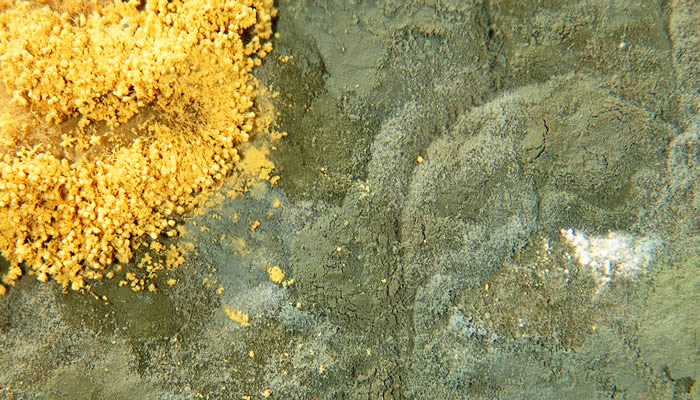
Mold is a living organism called fungus. It can grow as multicelluar filaments called hyphae or single-celled yeasts. There are over 100,000 different species and each is classified by the colour and texture of its spores. They all require some moisture for growth and some derive energy from the organic matter they are living on such as your basement walls.
Mold spores are disbursed in a number of ways – some by wind and can remain airborne for a long time; some by water and have slimy outer sheaths. They are difficult to kill as many are resistant to extreme temperature and pressure. Microscopic mold spores can start to grow within 24 to 48 hours after exposure to water (such as a flooded basement.) It generally will take a week or two before mold grows into a large enough colony to become visible to the naked eye.
If you have a finished basement, mold will attach itself to the front and back sides of wallboard, carpeting and hard surface flooring, wood, ceiling tiles and even the fabric on furniture or draperies. It’s important to take action immediately after a flooding event or as soon as you notice signs such as odor or discolouration. Fast response times will help you get ahead of the problem and potentially avoid significant damage or loss.
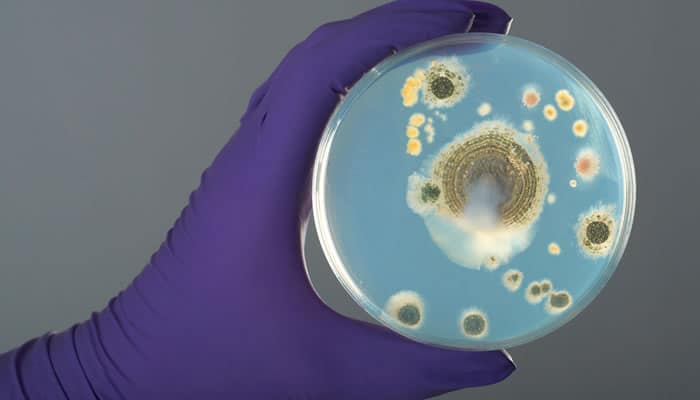
Did you know that about 10 to 20 percent of people across the world are allergic to mold? That’s a pretty big number, so obviously it’s pretty common. As I mentioned, there are approximately 100,000 different types of mold and many of them are beneficial like penicillin, the fungus that goes into blue cheese and the yeasts that are in bread and beer.
Common mold you’ll find growing inside your home are cladosporium, alternaria, asopergillus and penecillium. While these are relatively harmless, they may be a sign of moisture trouble and you’ll still want to remove them. Black mold, or stachybotrys chartarum, is the culprit that has received so much negative publicity for its toxicity and potential for causing serious health problems.
The Health Canada has determined that people experiencing sensitivity to mold spores will develop symptoms such as congestion, wheezing, eye irritation, asthma or skin rashes. Continued exposure can increase the severity and may cause a fever, dizziness, shortness of breath or flu-like symptoms.
If you discover black mold growing in your basement, it’s important to remove it as soon as possible. The spores and toxins produced from this type of mold can cause lung disease, recurrent sinusitis, permanent central nervous system damage and in extreme cases with prolonged exposure, death.
While it’s obvious mold can be harmful for many people (and animals), it’s important not to panic if you find it in your basement or other rooms in your home. Mold can be found in any number of damp, dark or humid spaces such as your bathroom, kitchen, basement, plumbing spaces and areas with poor ventilation. Mold is even found in dust, so it’s important to understand when to start worrying and what you can do to prevent it from growing.
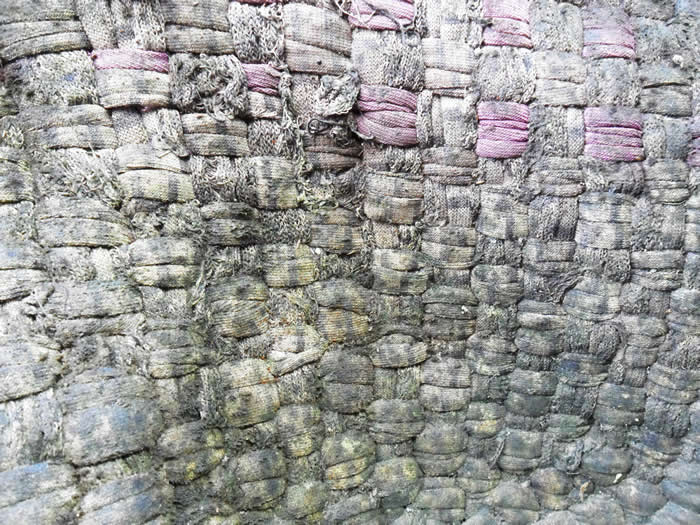
As mold requires humidity to grow, it’s imperative that you keep the moisture content of the basement space below 55 percent. A dehumidifier can help lower the levels very effectively. Also, keep dust levels down to cut off a food source for mold. A HEPA air purifier can help remove mold spores from the air, further limiting new growth.
If you’ve taken steps to reduce moisture and dust but still notice a musty odor, it’s time to look for basement leaks, vertical and horizontal foundation cracks, or compromised basement waterproofing. Similar to other remedial or renovation work you’d do in the upper levels of your home, you need to repair problem areas before doing the finish work. If your roof is leaking, you need to have that fixed before you paint the room below. The same applies to your basement. Before you can eliminate mold, you first need to find its food source.
In some cases home appliances may mislead you while causing the leaks. As a result it may look like water is coming through the wall or floor. Dishwashers and washers located on the first floor or in the basement area have water pipes connections close to the wall. You may have a clogged pipe or a clogged drain pump filter. You can easily prevent this problem, save your washer and avoid water spills by cleaning the filter on a regular basis.
Water infiltration is a primary cause of mold, so a little investigative work will be required. Leaks can be traced to these issues:
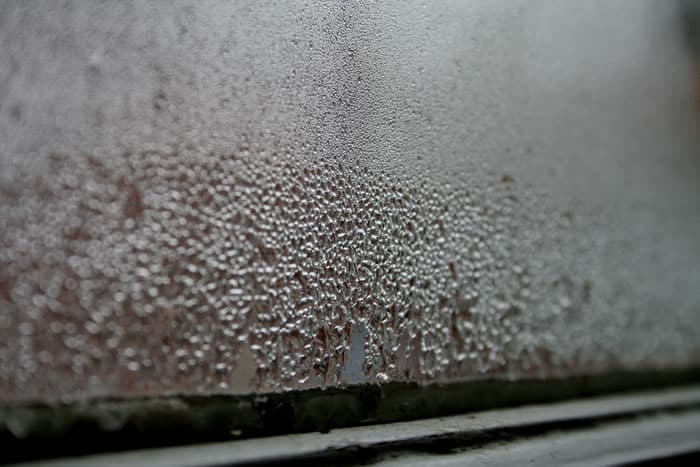
Excess moisture in the air can cause water to drip from your cold water pipes, foundation walls or concrete floor. Covering pipes with foam insulation will stop the dripping and running a humidifier during humid summer months will remove moisture from the air.

This is a common spot for water infiltration. You may notice a wet basement wall near a rotten or ill-fitting window. Window wells are meant to protect below-grade windows but can fill with debris causing water backup. Repair or replace windows, clear window well drains and install plastic covers to prevent further debris from collecting there.
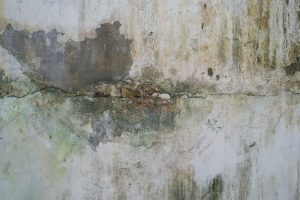
Any visible water leaking or discolouration of the concrete should be addressed. Small settling cracks of less than 1/8″ can be repaired by inserting plastic tubes, injecting with polyurethane and covering with fast-curing epoxy.
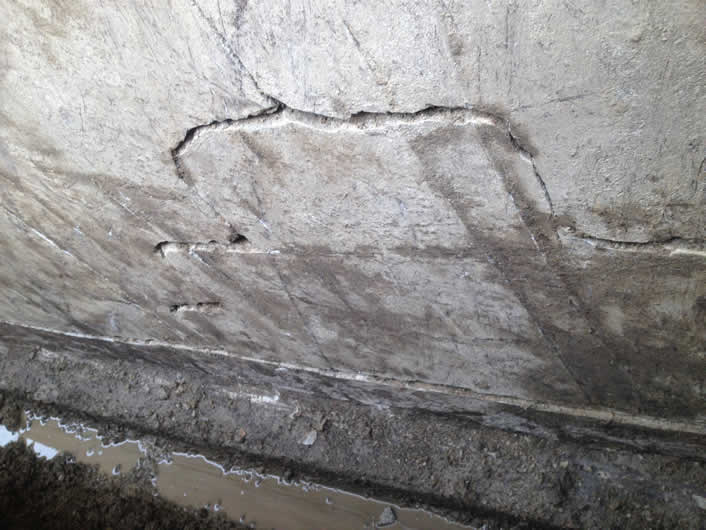
Anything over 1/2″ wide may indicate a more serious issue. Soil erosion under or around your foundation may be the cause and should be evaluated by a professional waterproofing company. They’ll be able to determine if interior drain tile is needed in addition to repairing the cracks.
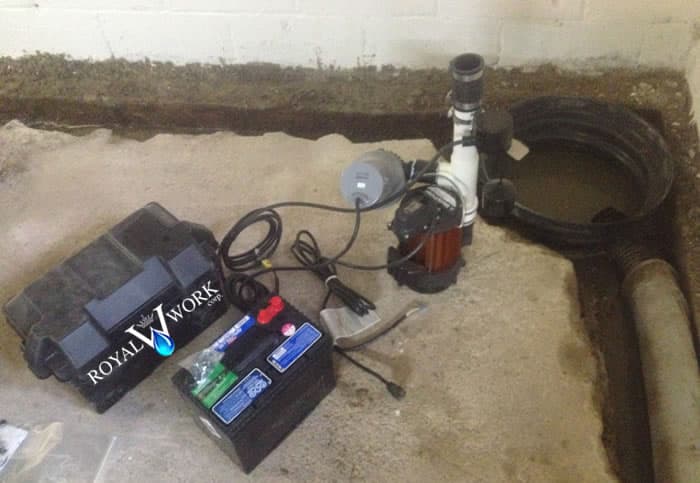
Check that your sump pump is operating properly by pouring a bucket of water into the crock pit. The pump should turn on and evacuate the entire pit. Even if it’s working now, you should consider replacement if it’s more than five years old. A battery backup system is also a great idea for weather-related power outages or pump malfunction. Even a few inches of water in your basement can breed mold quickly.
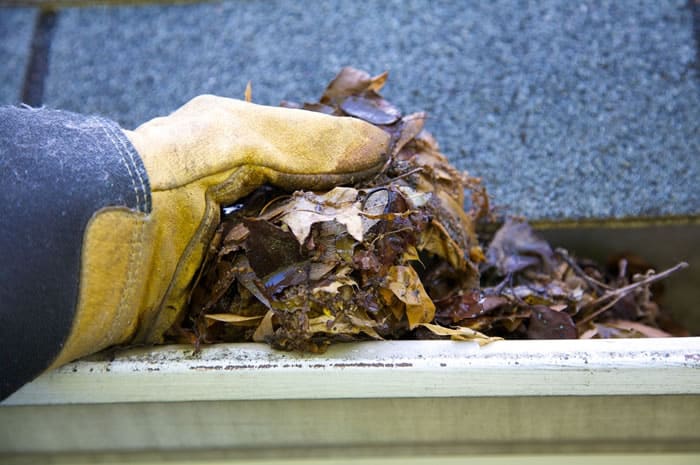
Always make sure these are clear of debris and positioned to drain rainwater away from the foundation.
After years of erosion from rain, snow melt and groundwater plus the addition of flowerbeds, decks and landscaping, the ground may no longer be sloped away from your house. A good rule of thumb is to maintain a minimum of one foot for every 50 feet away from the foundation.
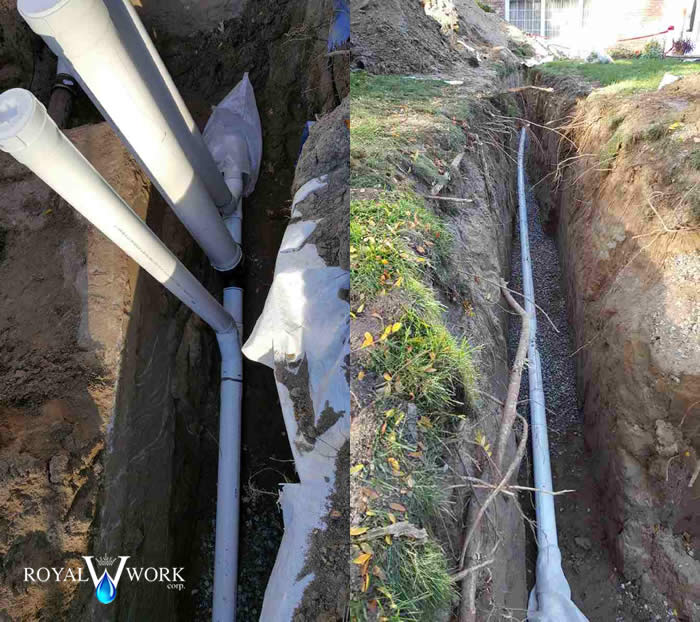
Water infiltration through one or both of these areas can be major projects. Have an evaluation done by a professional waterproofing company to diagnose the problem and give alternatives for repair.
Check out the Homeowner’s Guide to Finding Leaks And Protecting Home’s Foundation for an in-depth analysis of these and other remediation methods.
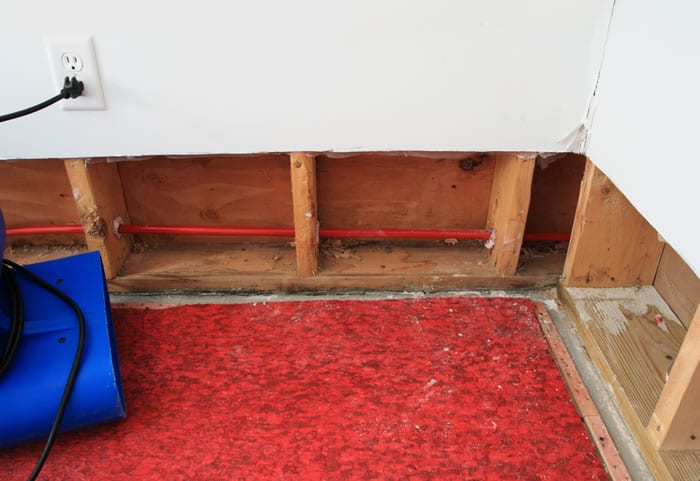
If you’ve had basement flooding resulting in mold growth, the first step in removing the mold is to allow the room to dry out completely. This means throwing out anything that has become wet. Wear protective goggles, mask and gloves to tear out soggy wallboard, carpeting and padding, baseboards and anything else that has been affected. Use a wet vacuum to remove any standing water. DO – run a dehumidifier to remove excess moisture from the air. DO NOT – run a fan to help dry the air. If mold has already formed, you’ll be spreading mold spores throughout your home. While it may be tempting to try to salvage some of these items to save money, it’s important to remove all saturated items or mold will re-grow.
Once the room has dried out, you’ll be able to move onto the next step – mold removal.
You may have heard that bleach is the best product to kill mold – it’s not true. To be an effective sanitizer, bleach must be used on clean surfaces. It loses strength quickly and will not prevent mold from growing back. It’s fumes can be toxic and the chemical reaction with other cleaning products can be lethal. Do NOT use bleach to clean up mold.
Instead, you’ll want to use all natural products like sodium carbonate based products such as Concrobium Mold Control – available at Home Depot in gallon bottles for about $40, Concrobium Mold Stain Eraser – available at Home Depot in 22.9 oz. bottles for $17, or use hydrogen peroxide for a safe, effective and inexpensive method of mold removal.
Put on a cleaning mask, goggles and gloves again and spray surface mold with 3% hydrogen peroxide or Concrobium Mold Stain Eraser, wait for 15 minutes and wipe dry. The Concrobium product will remove stains without bleaching, scrubbing or rinsing. The hydrogen peroxide is a bleaching agent, so it will remove unsightly dark stains from the concrete walls but may lighten the concrete in those areas. It’s also an antiviral, antibacterial, non-toxic and leaves no residue or fumes. It releases oxygen quickly, oxidizes the mold and decomposes it. Spraying on a product like Concrobium Mold Control will leave an invisible layer of protection and prevent mold from growing back.
For severe mold infestation, it’s best if you hire a professional mold removal company. They’ll be able to properly test the mold and provide the best solutions for protecting your property and health.
Remember, don’t panic if you find mold in your basement. By following the steps I’ve provided, you’ll be able to enjoy your fungus-free home for years to come.